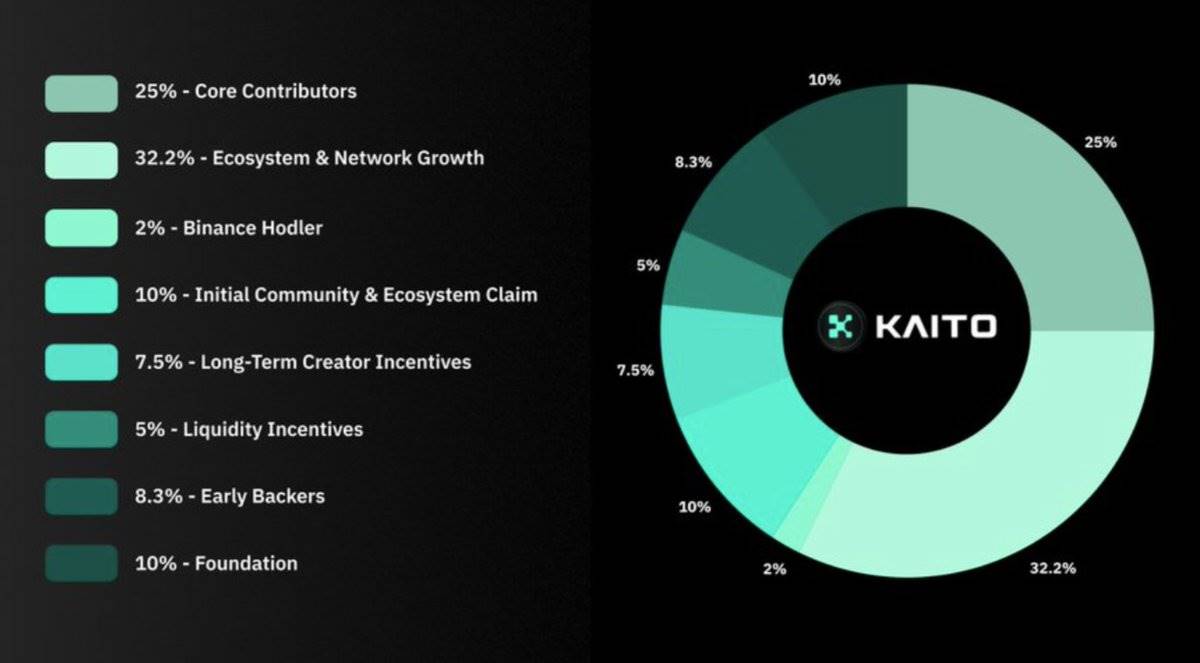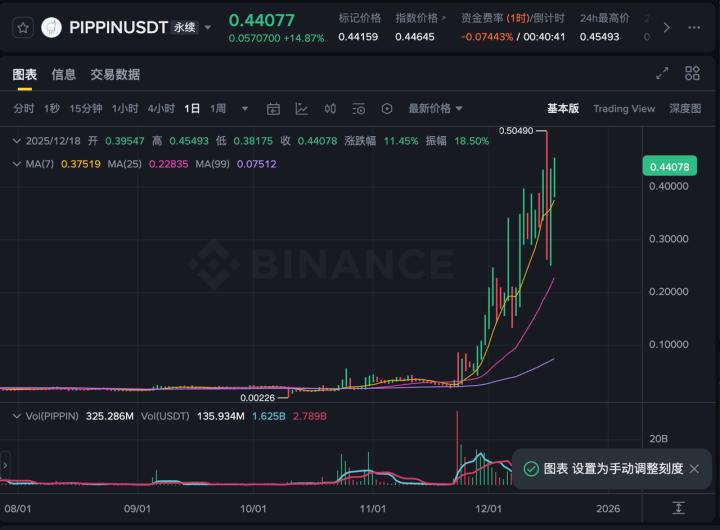Author: Mosi
Compiled by: TechFlow
In the token realm, perception is everything. Like Plato's "Allegory of the Cave", many investors are trapped in shadows - misled by value projections distorted by bad actors. In this article, I will expose how VC-funded projects systematically manipulate their token prices by:
Maintaining the token's false float as high as possible.
Suppressing the token's real float as low as possible (to make it easier to raise token prices).
Leveraging the fact of extremely low real circulation to push token prices higher.
Shifting from the "low float/high FDV" pattern to the "false float/high FDV" pattern.

Image: No! I'm not a low float/high FDV token! I'm "community-first"! [The rest of the translation follows the same professional and accurate approach, maintaining the original meaning while translating to English.]
Rushi (the relevant person in charge) went to the New York Stock Exchange (NYSE).
Movement conducted a series of complex operations with funds and market makers, selling locked tokens to them in exchange for cash, allowing these institutions to bid and drive up the price.
The team deposited 150,000,000 MOVE tokens on the Bybit platform at the price peak. They might have started selling from the price peak, as the token price has been declining since then.
Before and after the Token Generation Event (TGE), the team paid $700,000 monthly to a Chinese KOL (Key Opinion Leader) marketing agency to list on Binance, thereby gaining more exit liquidity in the Asian market.

Is this a coincidence? I don't think so.
As Rushi said:

Kaito:
@Kaitoai is the only project in this list with a real product. However, they have also adopted similar behavior in their current airdrop activity.
As CBB pointed out earlier, Kaito distributed their airdrop, but only a small portion was actually claimed. This also affects the Real Float.

According to CoinMarketCap, Kaito's circulating supply is 241,000,000, with a market cap of $314 million. I assume this number includes: Binance token holders, liquidity incentives, foundation allocation, and initial community and claim shares.
Let's break down these data to find the real circulating supply:
Real Circulating Supply = 241,000,000 KAITO - 68,000,000 (unclaimed amount) + 100,000,000 (foundation holdings) = 73,000,000 KAITO
This means the market cap corresponding to the real circulating supply is only $94.9 million, far lower than the CMC reported value.
Kaito is the only project in this list that I'm willing to give some trust, because they at least have a product that generates revenue, and to my knowledge, they haven't been involved in as many suspicious operations as the other two teams.
Solutions and Conclusions
CMC and Coingecko should list the tokens' real circulating supply, not the untrustworthy numbers submitted by teams.
Exchanges like Binance should actively punish such behavior. The current listing model is problematic, as Movement has shown, where you can simply pay a KOL marketing agency to boost Asian engagement before TGE.
Prices may have changed since I wrote this article, but for reference, the prices I used are: Move at $0.4, KAITO at $1.3, and Mantra at $6.
If you are a trader, stay away from these tokens. These teams can manipulate prices at will. They control all circulating supply, and thus control fund flow and token prices. (Not Financial Advice, NFA)







